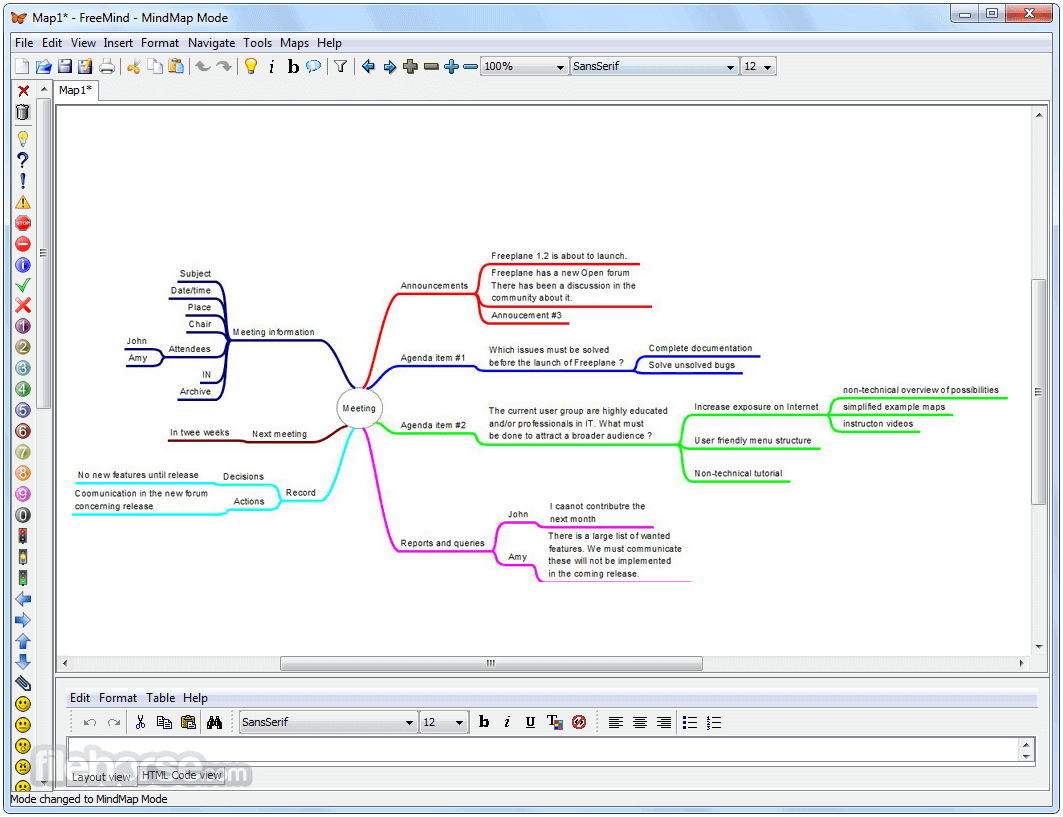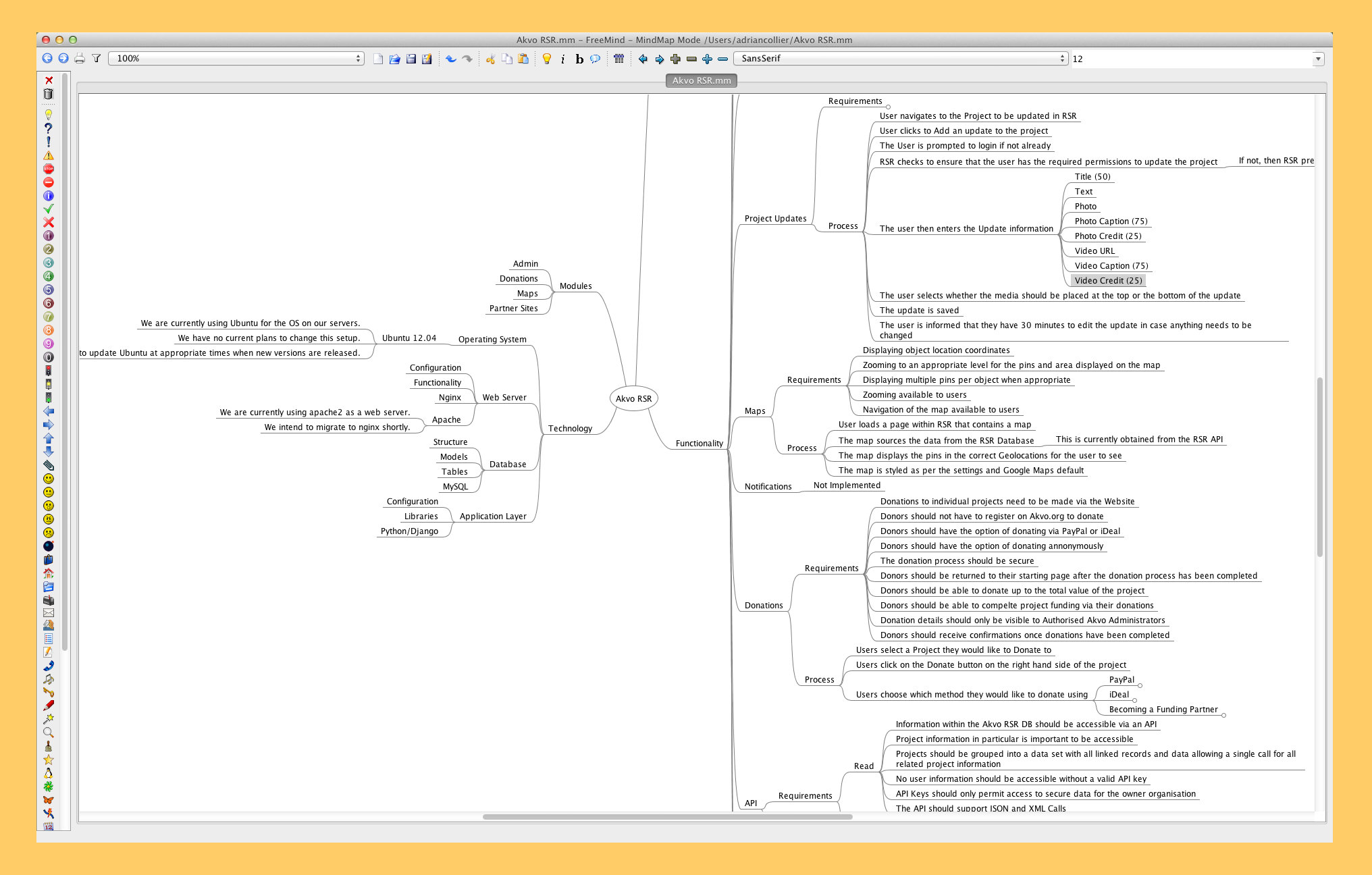

This is where you’ll want to start drawing little lines of connectivity between your branches, too. Step 3: Build, Build, Build Add details to your individual branches, using keywords, short snippets of text, images – whatever you need to really “mind dump” and get everything down on paper. These main topics act as anchors back to your core concept, but they also allow you to quickly see the interplay between all the nodes you create from here on out. Keep these simple as well, but clearly define these branches from one another. These themes are going to be the main pillars of your map. Step 2: Begin Branching Out Build out from your central idea with broad, simple themes. You want your central idea to be simple enough to condense down but broad enough to allow for your map to grow and expand. It needs to be simple, concise, but significant. Step 1: Start With A Central Topic Your central idea is the foundation that the rest of your mental map is built off of.

Our online mind mapping software also has Export and Publish features, which allow users to easily present and share their work. With a minimal and intuitive user interface, creating mindmaps or concept maps with our online free mind map maker and concept map maker is very easy and delightful. Zen Mind Map is the simplest online free software to create mind maps and brainstorm. Every node may also contain icons, external links, or images.

Each node can have a Sibling Topic or a Subtopic. In turn, each branch connects the Central Node with Subtopics. Stemming from the central node are branches (just like the branches of a tree!). Each mind map has one Central Node (or Central Topic). Mind maps have a structure similar to a tree. For capturing one’s thoughts quickly, a mind map may be the best solution. Because of its graphic representation and typically succinct form, mind maps help viewers access information in a quick and clear way. Mind mapping can help organize one’s thoughts, breakdown a complex subject, or create a plan. Mind map (or concept maps, brain mapping, thinking maps) is a type of diagram used to visually organize and present information.


 0 kommentar(er)
0 kommentar(er)
